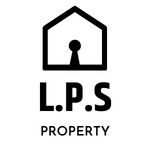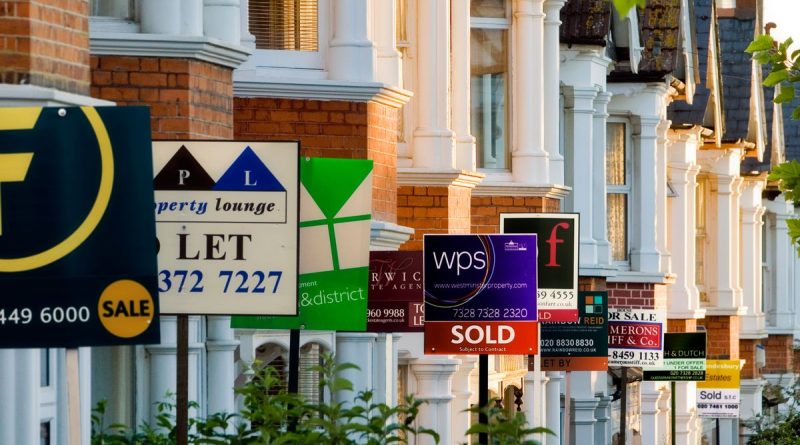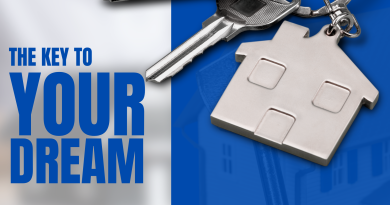Could rent to buy be an option for you?
Understanding Rent to Buy: A Comprehensive Guide
At some point in our lives, we all dream of owning our own homes. However, the high cost of buying a property upfront can be daunting, especially for first-time buyers or those on a tight budget. Rent to buy is a viable option for such people, offering a more flexible and affordable way to own a home. In this guide, we will explain what rent to buy is, how it works, its benefits, and potential drawbacks.
What is Rent to Buy?
Rent to buy, also known as lease-purchase or rent to own, is a type of property transaction that allows the tenant to rent a property with an option to buy it in the future. It is a form of seller financing, where the seller acts as the lender and the tenant as the borrower. Rent to buy contracts typically last for a period of two to five years, with the tenant making monthly rent payments that are usually higher than the market rent. A portion of the monthly rent is credited towards the purchase price of the property, acting as a down payment.
How Does Rent to Buy Work?
Rent to buy works in the following way:
- Agreement: The tenant and the landlord/seller sign a rent to buy agreement that outlines the terms and conditions of the transaction, including the purchase price, rent amount, duration of the agreement, and other relevant details.
- Rent Payments: The tenant pays monthly rent payments to the landlord/seller, which are usually higher than the market rent. A portion of the rent is credited towards the purchase price of the property.
- Option Fee: The tenant pays an option fee upfront, which gives them the option to buy the property at a later date. The option fee is usually between 1% and 5% of the purchase price.
- Purchase Price: The purchase price of the property is usually determined upfront, with both the landlord/seller and the tenant agreeing on the price. However, the final purchase price can be adjusted based on the current market conditions.
- Purchase: At the end of the rent to buy agreement, the tenant has the option to purchase the property by paying the remaining balance of the purchase price.
Benefits of Rent to Buy
- Flexibility: Rent to buy allows tenants to live in the property and save up for a down payment at the same time.
- Option to Purchase: Rent to buy gives tenants the option to purchase the property at a later date, giving them more time to build their credit and save for a down payment.
- Locked-in Purchase Price: The purchase price of the property is usually determined upfront, providing tenants with certainty about the cost of the property.
- No Mortgage Required: Rent to buy allows tenants to bypass the traditional mortgage process, making it easier to own a home.
- Improved Credit Score: Regular rent payments and on-time purchase payments can improve the tenant’s credit score.
Drawbacks of Rent to Buy
- Higher Rent: Rent to buy contracts usually have higher rent payments than market rent, making it harder for tenants to save for a down payment.
- Risk of Losing Money: If the tenant decides not to purchase the property at the end of the agreement, they will lose the option fee and any additional money they paid towards the purchase price.
- Limited Inventory: Rent to buy properties are not as widely available as traditional properties, limiting the tenant’s options.
- Hidden Costs: Rent to buy agreements may include additional costs such as maintenance and repair fees that are not present in traditional rental agreements.
Conclusion
Rent to buy is a viable option for people who want to own a home but cannot afford to buy one outright. It provides tenants with flexibility and the option to purchase the property at a later date.




